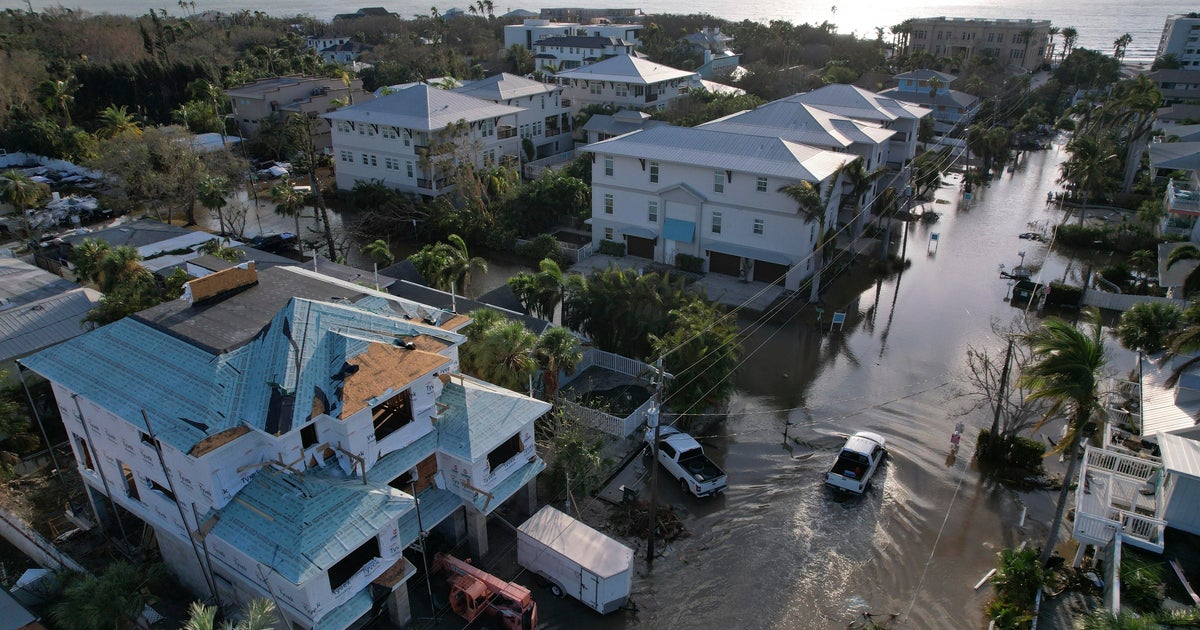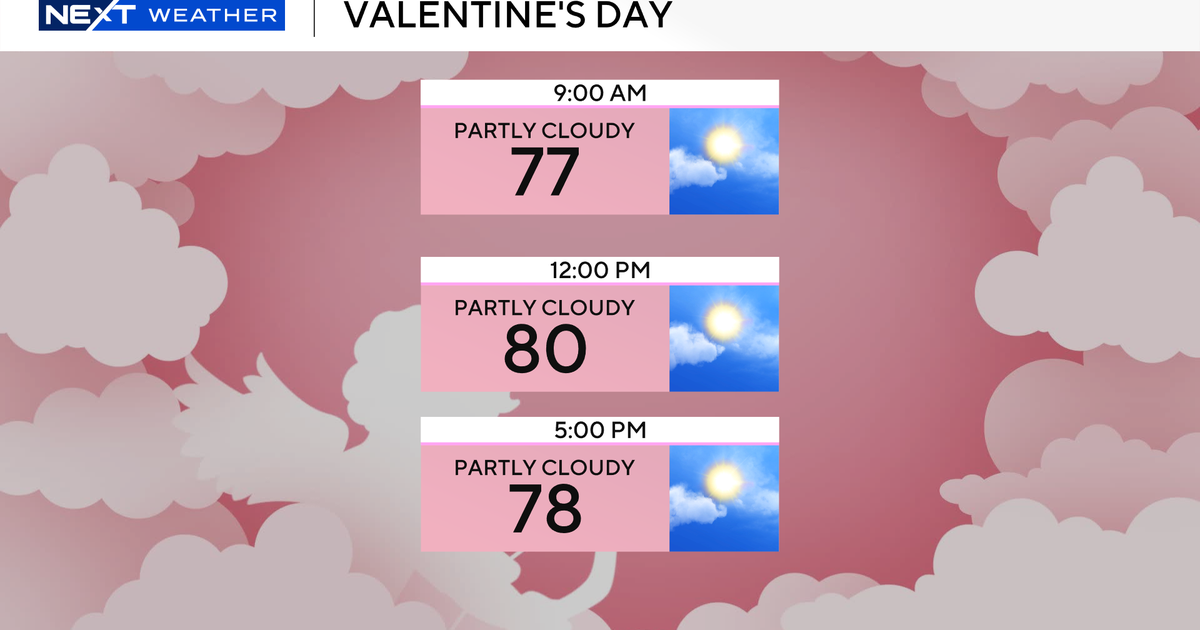Tropical Storm Ana Moves Closer To The Carolinas
Follow CBSMIAMI.COM: Facebook | Twitter
MIAMI (AP) — Tropical Storm Ana headed toward the Carolinas Saturday, weeks ahead of the official start of the Atlantic hurricane season.
Ana was centered about 50 miles (95 kilometers) southeast of Myrtle Beach, South Carolina as of 11 p.m. EDT, according to the U.S. National Hurricane Center in Miami. The storm had top sustained winds of 60 mph (95 kph) but had slowed from its earlier speed, moving north northwest at 5 mph (7 kph), and was forecast to be "very near" the coasts of South and North Carolina sometime Sunday morning.
Universities along the Carolina coastline were monitoring the storm as a possible disruption to weekend commencements. Ceremonies scheduled for Brooks Stadium Saturday at Coastal Carolina University in Conway, South Carolina, were moved indoors out of caution.
In Wilmington, North Carolina, UNC Wilmington held graduation indoors, as planned, but urged students and family to watch weather conditions and make their own determination whether it's safe to travel.
The North Myrtle Beach Department of Public Safety announced Saturday that no swimming in the ocean was allowed because of the weather. In New Hanover County, North Carolina, officials cautioned people who were thinking about coming to the beach over the weekend.
"Beachgoers are encouraged to use extreme caution this weekend," said Warren Lee, Director of New Hanover County Emergency Management. "With the elevated risk of rip currents, the best advice is to stay out of the water when the risk for rip currents is the highest and comply with any advisories given by lifeguards."
Stacy Stewart, a hurricane specialist at the hurricane center, said dangerous surf and rip tides appear to be the biggest threat posed by the Atlantic season's first tropical storm though isolated flooding in some coastal areas is also a concern. Although the season doesn't formally start until June 1, he told The Associated Press such early surprise storms are not all that unusual every few years or so.
"We had a similar situation occur twice back in 2012 when we had two early season tropical storms, Alberto and Beryl," Stewart noted of two storms that also emerged in the month of May. "That was very unusual to get two storms before the normal start of the hurricane season; one is not that unusual."
But Ana marked the earliest subtropical or tropical storm to form in the Atlantic since another storm named Ana emerged in 2003, the hurricane center said in an earlier tweet. The Atlantic season officially runs from June 1 to Nov. 30, a period experts consider the most likely for tropical activity in the ocean basin.
Stewart said Ana emerged from a subtropical system, meaning it initially had characteristics of both a tropical storm — which draws energy from warm ocean waters — and a traditional storm system driven by temperature changes typical of cooler weather before the season start.
Despite Ana's early appearance, he cautioned, swimmers and surfers should stay out of the water because of rough surf and dangerous rip tides. He added people watching the surf from jetties and piers should be cautious due to waves the storm can kick up.
"The biggest danger is rough surf and rip currents. We just don't want people out there swimming in the waters. We especially don't want surfers in the rough surf. If they go under they could get dragged out to sea," Stewart added.
The center said a tropical storm warning extends from the southern part of the Santee River in South Carolina to Cape Lookout, North Carolina, with 1 to 3 inches of rain expected over a wide area and up to 5 inches in some isolated spots. The hurricane center also said the storm could push water 1 to 2 feet above normal height levels, causing some localized flooding.
A tropical storm watch for Edisto Beach, South Carolina, up through the southern tip of the Santee River has been discontinued.
A tropical storm warning means tropical storm conditions are expected somewhere within the warning area, in Ana's case within 12 to 24 hours, according to the center. A tropical storm watch means tropical storm conditions are possible in the watch area within 24 hours.
(TM and © Copyright 2015 CBS Radio Inc. and its relevant subsidiaries. CBS RADIO and EYE Logo TM and Copyright 2015 CBS Broadcasting Inc. Used under license. All Rights Reserved. This material may not be published, broadcast, rewritten, or redistributed. The Associated Press contributed to this report.)



